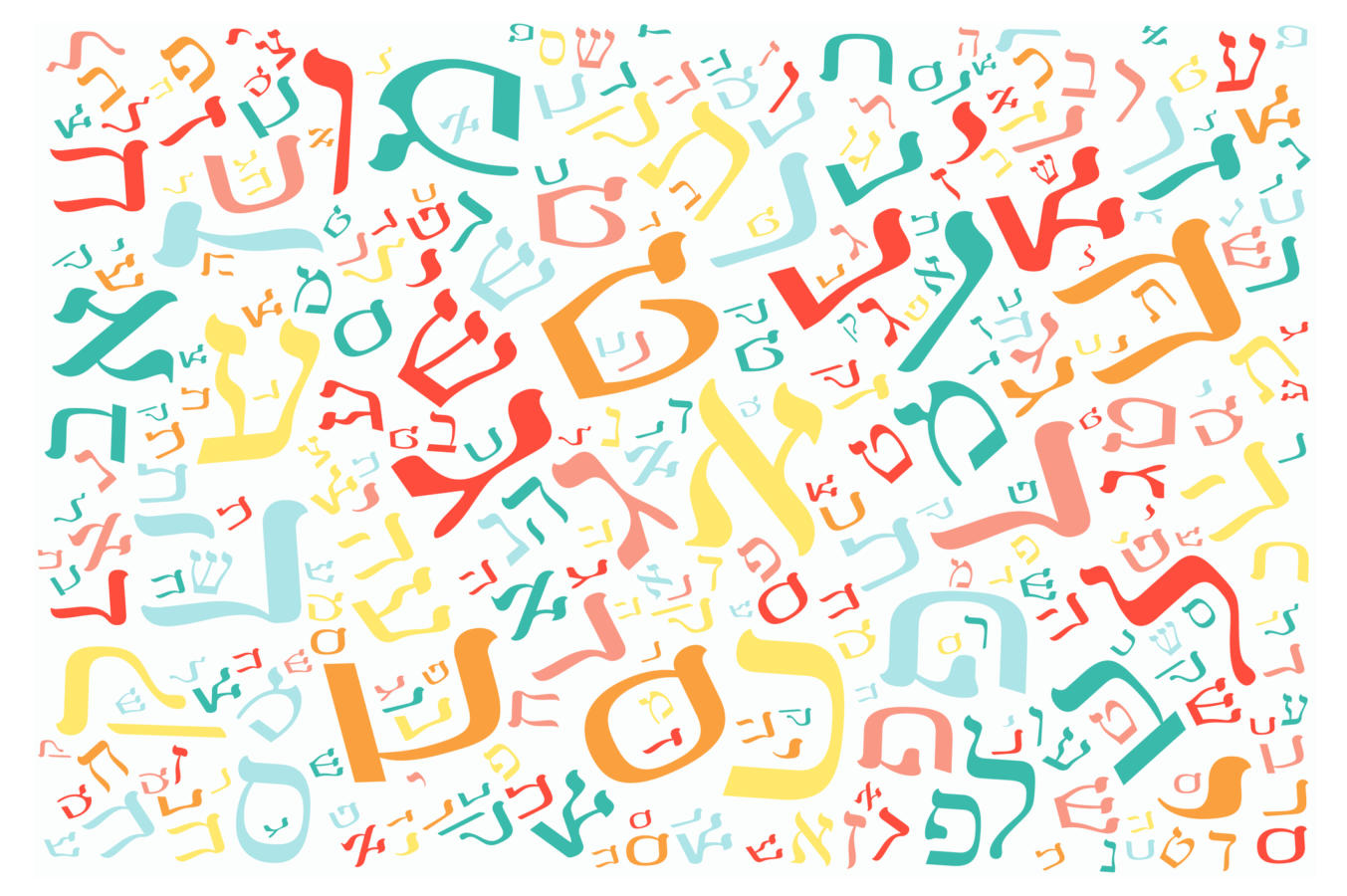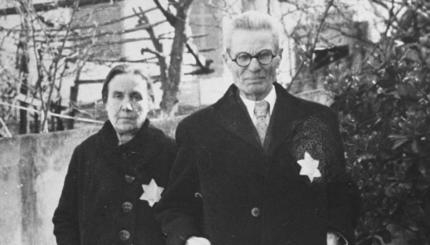Judaism has always regarded Hebrew as a sacred language, the medium of divine communication. For millennia, its sages and mystics have taught that the letters are no ordinary expression. Indeed, the very word for “letter” in Hebrew–Ot–means sign or wonder; that is, a heavenly revelation. It has therefore long been advised: The more we learn about the letters through both study and meditation, the greater becomes our inner development.
Mysterious Origins
The Hebrew alphabet’s origins lie shrouded in the mists of antiquity. Today, scholars believe that a version known as North Semitic arose among northwest Palestine and Syria’s inhabitants more than 3,500 years ago and established permanently the phonetic sound, numerical value, and order of what initially became Early Hebrew. Already used in the time of King Solomon, this was the original script of the Bible.
When–led by Ezra the Scribe in approximately the fifth century B.C.E. — the Jewish people returned from Babylonian Exile, the Square Script, a distinctive descendant from the Jewish Aramaic used in the Holy Land, became the preferred language. It was eventually adopted officially for the writing of scrolls. Yet, Early Hebrew never entirely vanished and was used by the second-century Jewish revolutionary Bar Kochba on his coins in defying Roman rule. Nevertheless, for nearly 2,000 years, the Square Script has been basic to Judaism, and relied upon by our greatest sages for prayer, sacred study, and meditation.
22 Letters, No Vowels
The Hebrew language is comprised of 22 letters, five of which are known as double (or mother letters, as they have two distinct forms: when beginning a word and when placed at its ending). These letters are Kaf, Mem, Nun, Pei, and Tzadi. According to mystical lore, they were originally known only to the righteous such as Abraham, and later, to Moses, Joshua, and the Seventy Elders of Israel under their leadership. They brought the knowledge of these special Hebrew letters to the Holy Land, where through the Prophets, the entire Jewish people came to use them.

Help us keep Jewish knowledge accessible to millions of people around the world.
Your donation to My Jewish Learning fuels endless journeys of Jewish discovery. With your help, My Jewish Learning can continue to provide nonstop opportunities for learning, connection and growth.
It’s also worthwhile to note that the Hebrew language originally contained no vowels, though the Ayin or Aleph were sometimes utilized for that purpose. Vowel signs were developed during the second half of the first millennium C.E., but they appear neither in the Torah Scroll nor in most religious documents.
Hebrew as the Holy Tongue
In the legendary tradition known as the midrash, Jewish veneration for the Hebrew letters was fervent. The Holy Tongue was the usual designation for Hebrew, which was even deemed the language of the angels. The early rabbis regarded the letters as existing independently in a transcendent realm, and taught that when Moses ascended Mount Sinai to receive the Torah, he saw God designing crowns for the individual letters.
Likewise, in ic commentary on the Book of Exodus, the artisan Bezalel built the Tabernacle in the wilderness because he “knew how to combine the letters with which heaven and earth were created.” The sages compared such mystical wisdom to God’s in creating the cosmos, and correspondingly, included in the Talmud an introductory lesson on the import of every Hebrew letter. Similarly, the midrashtaught that King Solomon achieved great wisdom and power through a ring inscribed with a particular, Hebrew Name of God.
For the sages, the Jewish prayers are sacred precisely because their words are composed of Hebrew letters. In keeping with this view, they declared that persons who made it their regular practice to speak Hebrew would have a special place in the afterlife.
Hebrew Numerology (Gematria and Notarikon)
Dating back to Talmudic times, the Hebrew letters have not only been celebrated as holy, but also venerated as an actual tool for spiritual mastery. Traditionally, the two most preferred techniques have been gematria and notarikon. In gematria, words with dissimilar meanings but equal numerical values (since each Hebrew letter also has a number associated with it) are probed for their hidden linkages.
In notarikon, words are broken down into sentences composed of initial letters. Thus, the first word of the Ten Commandments, ANoKhY (“I Am”) alludes to the sentence Ario Nafshoy Katovit Yahovit (“I have written and given myself to you in this book”).
Reprinted with permission from The Hebrew Alphabet: A Mystical Journey (Chronicle Books).
Want to learn Hebrew one day at a time? Click here to sign up for our Hebrew Word of the Day email.
<!–In Jewish mystical texts, the Hebrew letters assumed even greater importance. Jewish mystics considered the letters to be divine energy patterns. Read about their views in part II of this article.
–>



